A few months ago I mentioned my “dental issues” in a post. I will spare you the gory details and pics, suffice to say that gingival recession (or receding gums) is my thing, if I do not always adhere to the basics of good oral hygiene.
If I am brutally honest with myself (ouch!), a bad combo of laziness and forgetfulness is largely responsible for this state of affairs. So I need all the reminders, tools and advice I can get if I don’t want to become even “longer in the tooth”.
“I need all the reminders, tools and advice I can get if I don’t want to become even ‘longer in the tooth’.”
USING THE RIGHT TOOLS
The South African PR for Sunstar, the Swiss healthcare company, read my post and kindly sent me a pack of Sunstar GUM oral hygiene products to try out. I have found the ones below particularly useful in complementing my twice-daily brushing.
Sunstar GUM Expanding Floss
Recommended if you have small gaps between the teeth, sensitive or receding gums. It expands when you use it. R60.
Sunstar GUM Easy-Flossers
Small handles with waxed floss to remove plaque between the teeth and below the gum line. R56.
Sunstar GUM Soft-Picks Advanced
Disposable dental picks with soft rubber bristles that remove plaque and debris while gently massaging and stimulating the gums. R89.
Sunstar GUM Flosbrush Automatic
A gadget that features floss built into an ergonomically-designed handle. A click dispenses a fresh measure of floss. Once used, the floss is stored separately within the handle. R116.
Sunstar GUM Tongue Cleaner
A two-sided tool – bristles to gently brush and a serrated edge to wipe the surface clean – to remove plaque and food debris from the surface of the tongue. R57.
ORAL HYGIENE 101
Using the right tools correctly is an essential part of good oral hygiene, but I also sought the advice of Dirna Grobbelaar, Ivohealth’s oral care advisor. Dirna qualified as an oral hygienist at the University of Stellenbosch in 1999 and is accredited by the Swiss Dental Academy.
Why is dental health so important? In what way does lack of oral hygiene impact on one’s overall health?
A healthy mouth is essential for a healthy life. We all have different oral flora in our mouth, including good and bad bacteria. If you have gum disease, you have more bad than good bacteria, usually because of insufficient plaque control.
When you have gum disease (you may notice your gums are red, swollen or bleed when brushing or flossing), the “bad” get into your bloodstream and circulates through your body. This can cause all kinds of other problems. Gum disease is linked to systemic diseases like diabetes, heart and lung problems, premature and underweight babies, and even erectile dysfunction.
“When you have gum disease the ‘bad’ bacteria gets into your bloodstream and circulates through your body.”
Gum disease in the early stages is reversible, but in the later stages can lead to tooth loss.
What are the signs of poor oral hygiene?
- Bad breath
- Sensitive gums
- Red, swollen, bleeding gums
- Yellow and dull teeth
- Cavities/dental caries
What are the essentials of oral hygiene? Are there any steps to follow?
Brush your teeth for two minutes twice a day with toothpaste, using a manual or power brush. Don’t rinse with water straight after brushing. Simply spit out any excess toothpaste. Using a toothpaste or mouth rinse that contains fluoride will lower your chances of developing cavities.
Clean in-between the teeth every day, using floss or another tool, such as picks or interdental brushes. If you’re not sure how to do it correctly, or what tool to use, ask your dentist or oral hygienist. Because so many people don’t floss correctly, we created videos on how to floss like a boss, even if you have braces or implants.
Rinse, either as a final step, after eating, or when brushing isn’t possible. Use an alcohol-free mouthwash containing fluoride, or chew sugar-free gum to stimulate saliva and naturally “rinse” the mouth.
Is flossing as important as it’s made out to be?
Flossing is important, but I don’t like to use the word “flossing”. I prefer to say that you need to clean in-between the teeth with whatever tool you prefer.
The teeth have five sides and brushing can only reach three. Often decay and gum disease starts in between the teeth where brushing doesn’t reach.
How often should one visit a dentist and oral hygienist?
Prevention, early detection and prompt treatment will help reduce the risk of oral diseases and ensure the best treatment outcome. See a dentist at least once a year and ideally have a professional cleaning every six months. The dentist or oral hygienist can remove plaque and tartar that you are unable to remove by brushing. If not removed, the build-up will irritate the gums and cause gum disease.
For more info on Sunstar GUM products, see here. They are available from selected Checkers, Clicks, Dis-Chem, Pick n Pay and SPAR stores, as well as dentists and pharmacies.

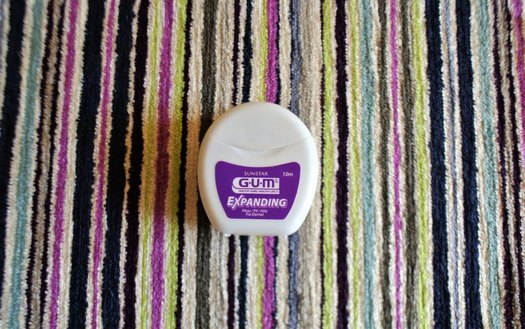

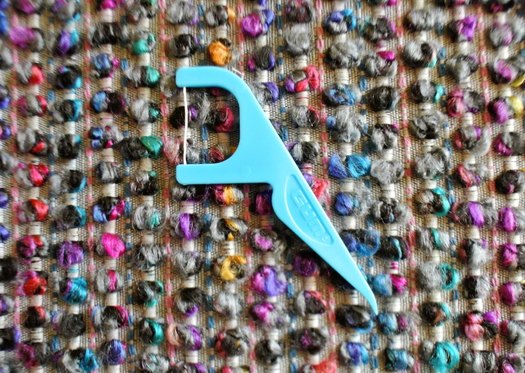
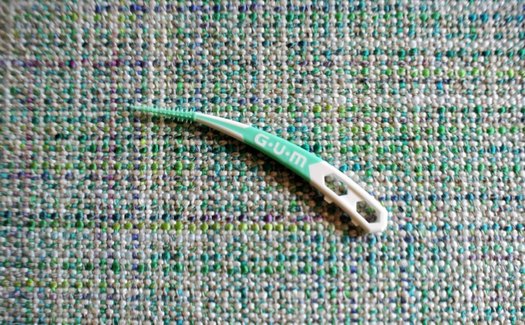
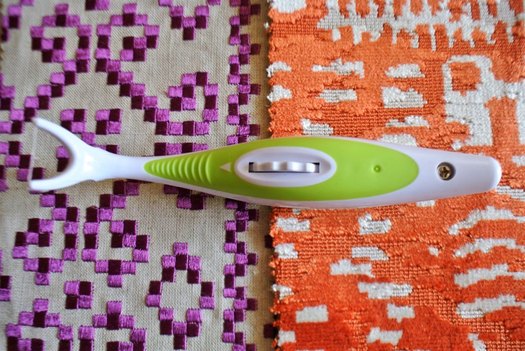


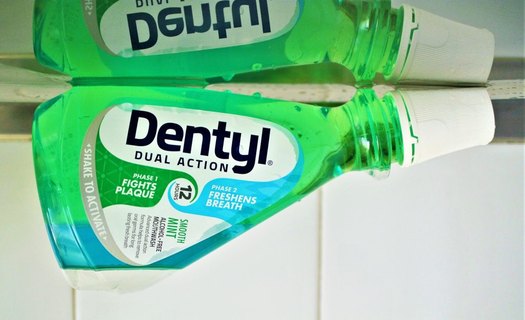

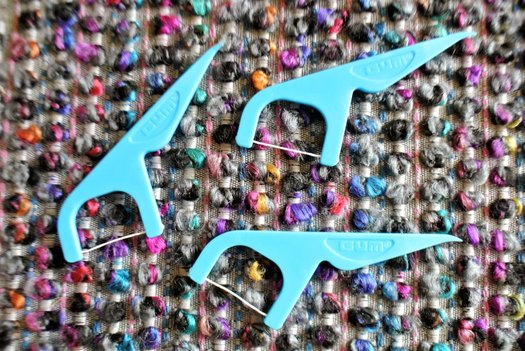
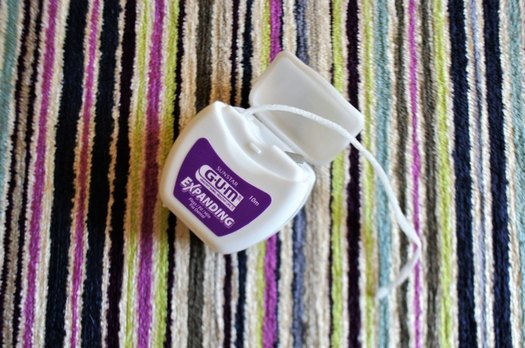
Hi Richard!
I love this unusual post!
hugs Anna
Hello Anna, great to hear from you on my blog. Thank you so much. Indeed a change from the glamorous world of perfumes.